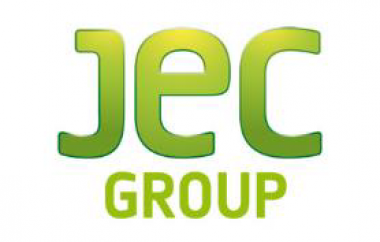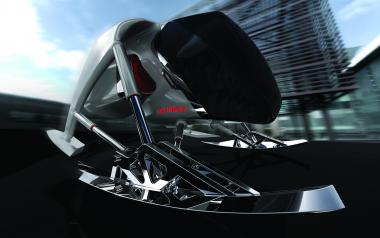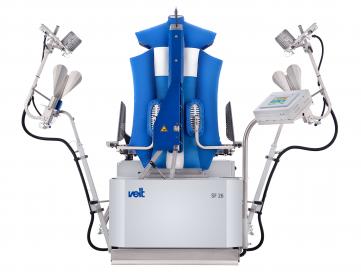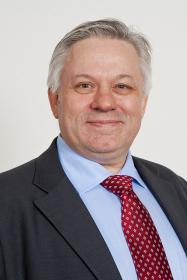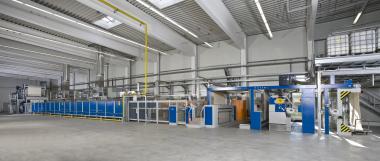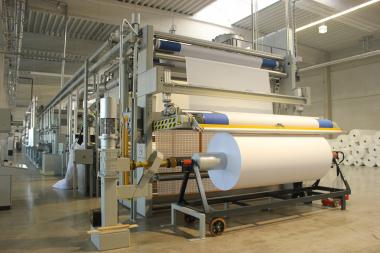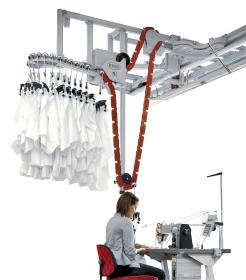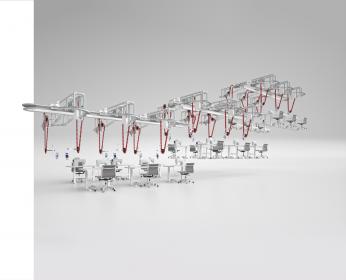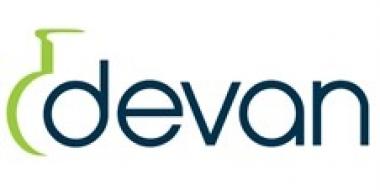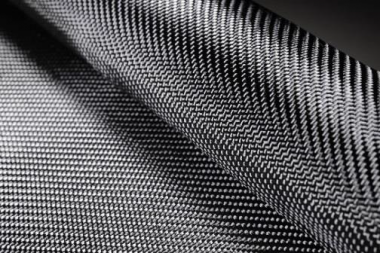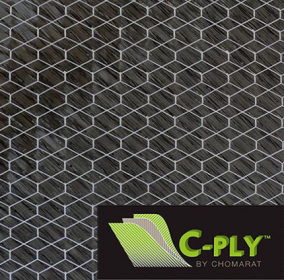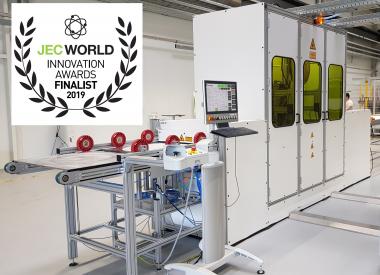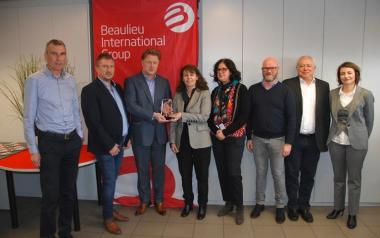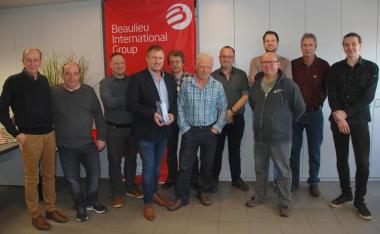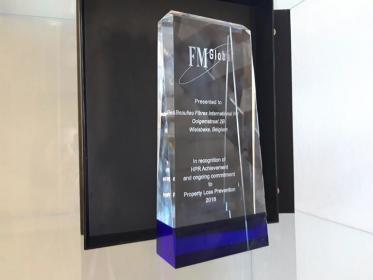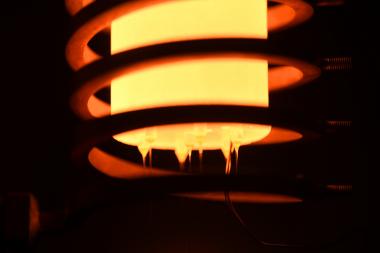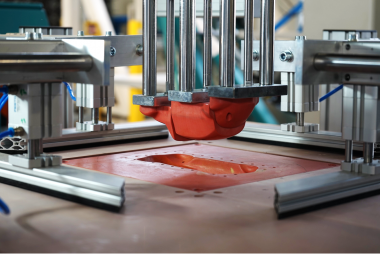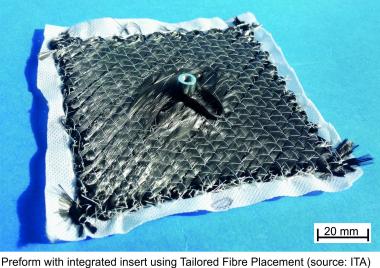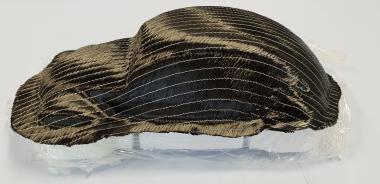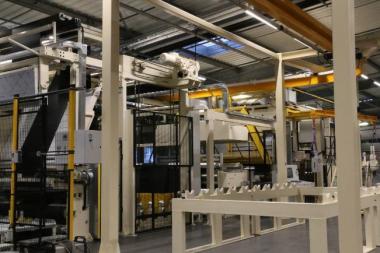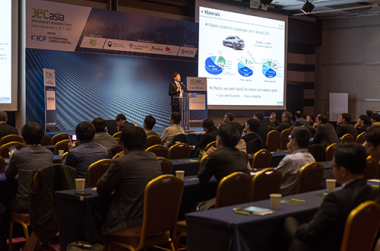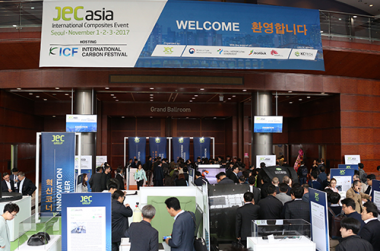The JEC Composites Observer
Looking for up to date global figures of the Composites materials market?
Wondering what is the size of this market in each region of the world?
Hunting for the growth potential per type of material and per industry?
The JEC Composites Observer will address all these questions giving graphs, key figures, market dynamics, opinion statements and insights to illustrate the state of composites globally.
This publication is not just an overview of the composites market: as this first edition is set to become an annual rendez-vous, industrials and application industrials will also be regularly provided with key figures, trends and opportunities in order to develop their business and have an in-depth comprehension of the global composites market.
This specific edition is rife with market data and growth forecast from 2018 to 2023 that will include meaningful market news, trends, figures and growth prospects by:
- Key geographic regions,
- Industrial sectors including Aerospace, Transportation and Automotive, Wind Energy, Marine, Building and Construction and Manufacturing.
To mark this new JEC Group publication release, a synthesis of The JEC Composites Observer will be presented on June 20th at 8 am during JEC Forum Chicago at Navy Pier.


